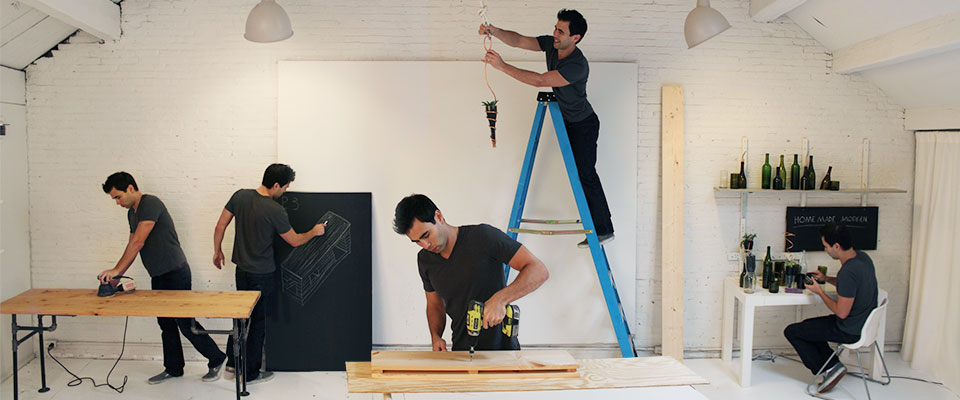
Modern Architecture and Design for the Masses
Throughout the profession, a common theme we hear is how to leverage what we do as architects. How can we leverage what we do for the good of more people? How can we take our unique skills and talents and use them to better serve the entire population? How do we benefit all of society as architects?
This week at EntreArchitect Podcast, Modern Architecture and Design for the Masses with Ben Uyeda of HomeMade Modern.
Ben’s Origin Story
Ben grew up in Southern California and remembers buying a raft out of two liter soda bottles after reading Huckleberry Finn. Design was something he found he was able to do by combining adventure with resourcefulness when there wasn’t access to something or you couldn’t afford to buy it.
He attended Cornell University for both undergrad and his Masters, where he quickly learned that architecture is a little bit more than just building cool stuff. He loved the strong subculture within the university that really immersed him in the world of architecture. As he neared graduation, he wondered how he was going to make a living. When he talked to other recent graduates, the picture they painted was slightly less glamorous than what he expected. Though the faculty at the university made it out to be an upscale lifestyle, people a couple years out of college weren’t having the same experience.
He then decided to take some risk earlier in his career when the personal risk was lower by learning as much about buildings as possible. Since residential is the most common type of buildings, they put their focus there. In 2005, Ben and his friend, Stephanie, entered a competition to design and build a solar-powered house and came in second out of twenty teams. Mostly importantly, they learned a ton and felt confident that they knew how to design a building.
At that point, they were as ready as they could ever be. They knew there was a competitive advantage to being young and inexperienced, so they leveraged what they had: the internet. Though they didn’t have a portfolio, they focused on simple SEO centered around green and sustainable design. They found a strong community that could be focused around sustainable design, but didn’t have a lot of architects doing that. They built their website and worked to convert 1 out of 1000 website visitors. They were very honest with potential clients, letting them know that they didn’t have a lot of experience but that they could promised to work hard and use state-of-the-art tools like Revit.
Do you think your early focus on the internet was the big break?
Ben wouldn’t consider himself a hugely technological person, but he made a decision not to wait and to jump in feet first. The internet wasn’t some trick, he just knew that it was something he could use to his advantage over those who were older than him and may not have the technological edge.
How did you get past the hurdle of not having a license?
When they teamed up for their first big projects, a lot of the contractors had a licensed architect in house. They collaborated with licensed architects as consultants and gave them credit for their parts in the design. Each licensed architect brought their own unique skills to each project, offering yet another advantage.
Are there any areas now that young architects can take advantage of now?
If you can produce content that’s visually compelling and that people can understand how it fits into context, you can find lots of social media followers. If you can make it something that addresses people’s needs and concerns. Even more, if you can create content that shows people how to do something and that they have to spend money to do, then you start making a profit.
You can make interesting things for YouTube, Instagram, or Facebook. Take it deeper than what you already see. If you see a need and can find a unique way to fill it, you can create information that’s behind the renderings that make people loyal to your content feeds. They know you don’t have every answer, but they see that you can provide research value.
Do the research, make some diagrams and drawing, educate yourself and others, and people will start to come to you for help.
What does today look like for Ben?
Ben is still a partner in the firm, but he doesn’t practice architecture at this time. Around 2007, they were seeing a ton of success with their firm, Zero Energy Design, but Ben realized that he wasn’t doing what he got into this for: sustainability. Unfortunately, architect designed homes are mostly for the wealthy who can afford the services. Ben realized that it takes just as much time to design an affordable house as it does to design an expensive house, but it doesn’t provide a systemic way to make a real change.
He wanted to figure out how to design affordable, energy-efficient homes that didn’t need to charge the consumer for the designs. From there, he and another business partner decided to make house plans with stock construction drawings with energy modeling and give them away for free. How would they make money? They were distributing architecture as a type of media and monetizing it as marketing by pointing clients toward the recommended companies that provided the components to execute the free plans.
He wanted to have a major impact on a lot of people, and design things that his family could have afforded when he was a kid. Since he could distribute media and monetize it through marketing, and that the new home construction industry was very cyclical to market whims. He started designing affordable, modern furniture and making YouTube videos out of it, which lead to Homemade Modern. The whole process is a lot faster than traditional architecture, which can span over several years. Here, Ben can have an idea, sketch it out, build it, film the process, make some edits, publish, and receive feedback in a matter of days and in a cost-effective manner.
Ben realized that he was influencing and providing architectural design digitally without the difficulties of outsourcing, manufacturing, capital risk, marketing, and more. He has an idea, he makes one version of it and then gives the idea away for others to use.
What is the one thing that small firm architects can do today to build a better business tomorrow?
“Build a piece of furniture, or something where your capital risk of your time and cost of materials is minimal. Architects are really good at this and the public isn’t, so use this as a way to share something that people will love that’s really easy for you to do. Make something you can do in a weekend with less than $100 in materials. Don’t reinvent the wheel, just make something that’s a little cleaner than something else out there. Do an Ikea hack. If you have an iPhone, you can record it. Share something that can make someone’s home nicer that you can do in a weekend, and I guarantee that it’ll have a positive impact on you.” – Ben Uyeda, HomeMade Modern
Connect with the Ben online at ZeroEnergy.com and HomeMade-Modern.com or find him on YouTube, Facebook, Twitter, Instagram and Pinterest.
Visit our Platform Sponsors
NCARB is helping architects reach their goals! Get back on track with the new AXP (Architectural Experience Program) Portfolio by submitting an online portfolio and meeting your state’s requirements to get one step closer to becoming an architect! Visit NCARB.org to learn more today.
TruStile is a leader in high end, architectural interior doors that never fail to perform. They’re passionate about providing inspiration and tools to transform your designs with the most authentic and distinctive doors available. Visit them at TruStile.com to learn more!
Freshbooks is the easy way to send invoices, manage expenses, and track your time. Learn more at FreshBooks.com.
Access Your 30-Day Free Trial at FreshBooks.com/architect (Enter EntreArchitect)
Referenced in this Episode
EntreArchitect Profit for Small Firm Architects course (free)
Ben’s TedX Talk: Why I Give My Best Designs Away for Free
The post EA157: Modern Architecture and Design for the Masses with Architect Ben Uyeda [Podcast] appeared first on EntreArchitect // Small Firm Entrepreneur Architects.
